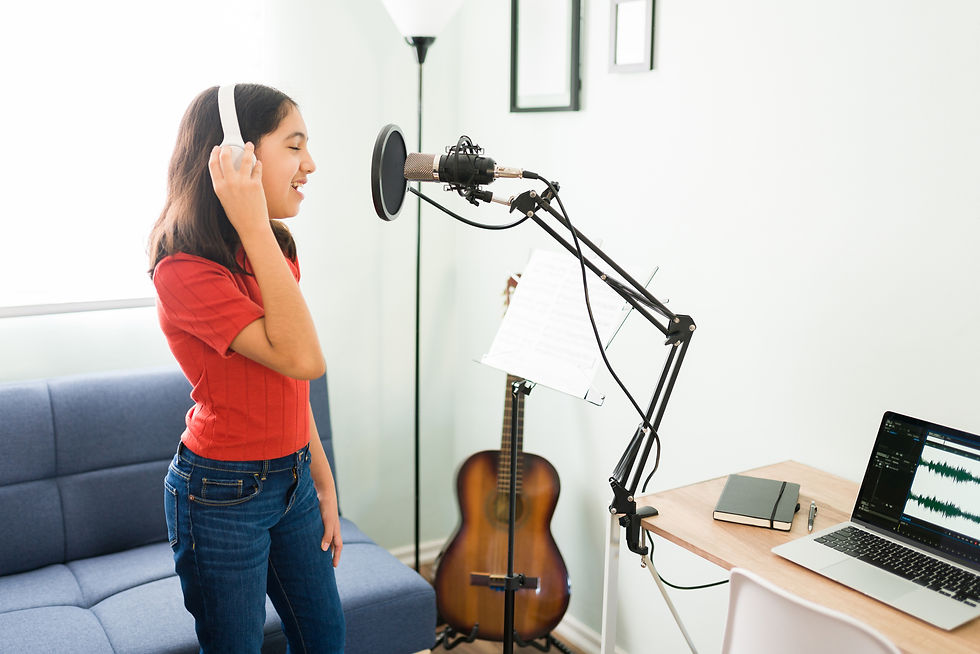What are the Similarities and Differences Between Hindustani and Carnatic Music?
- Santosh Darveshi
- Apr 25, 2023
- 2 min read

Carnatic and Hindustani music are two music traditions that have evolved throughout the centuries. Although both styles have ancient Indian music roots, they are diverse in framework, composition, and performing style. In North India, Hindustani music predominates, whilst Carnatic music is prevalent in South India. Despite geographical differences, both traditions share some components in common, including raga, tala, and composition.
Let's look at the similarities and differences between Hindustani and Carnatic music.
Similarities
Raga: The notion of raga, or melodic mode, is important to both Hindustani and Carnatic music. A raga is a complicated melody structure that determines a musical piece's atmosphere and emotional content. Both styles employ a series of ragas that correspond to various times of the day, seasons, and feelings.
Tala: Another basic feature shared by both systems is Tala or rhythmic cycles. It refers to a musical piece's time characteristic and establishes the rhythm and speed of the performance.
Instruments: Similar instruments, like the sitar, tabla, sarod, sarangi, and flute, are used in both genres. These instruments play an important role in the performance and are frequently accompanied by vocal music.
Differences
1. Area: The geographical location of the two cultures is one of the most fundamental contrasts between them. In North India, Hindustani music predominates, whilst Carnatic music predominates in South India.
2. Structure: Hindustani music has a more flexible and free-flowing structure than Carnatic music, which is organised and methodical. Hindustani music has fewer rules and standards, enabling artists more freedom to improvise and explore.
3. Vocal style: Hindustani music's vocal style is often simpler and more flexible, allowing for deeper creativity and improvisation. Carnatic music, on the other hand, has a more organised and styled approach to vocals, with a greater emphasis on perfect intonation and tempo.
The foundations of Hindustani and Carnatic music are similar, as are some key aspects such as raga, tala, improvisation, and instruments. Their geographical roots, structure, and performing manner, however, differ considerably.
To continue and preserve the cultural treasures, there are many online Hindustani classical music classes and Carnatic music lessons. An Indian music academy that offers both courses is Artium Academy. They have a team of professionals with experience and knowledge to make learning informative and fun for you. Their 1:1 live classes and performance dashboard ensures that you learn at your own pace as well as learn correctly. If you want to excel in Indian classical music, book a free trial class with them and appreciate music deeply.




Comments